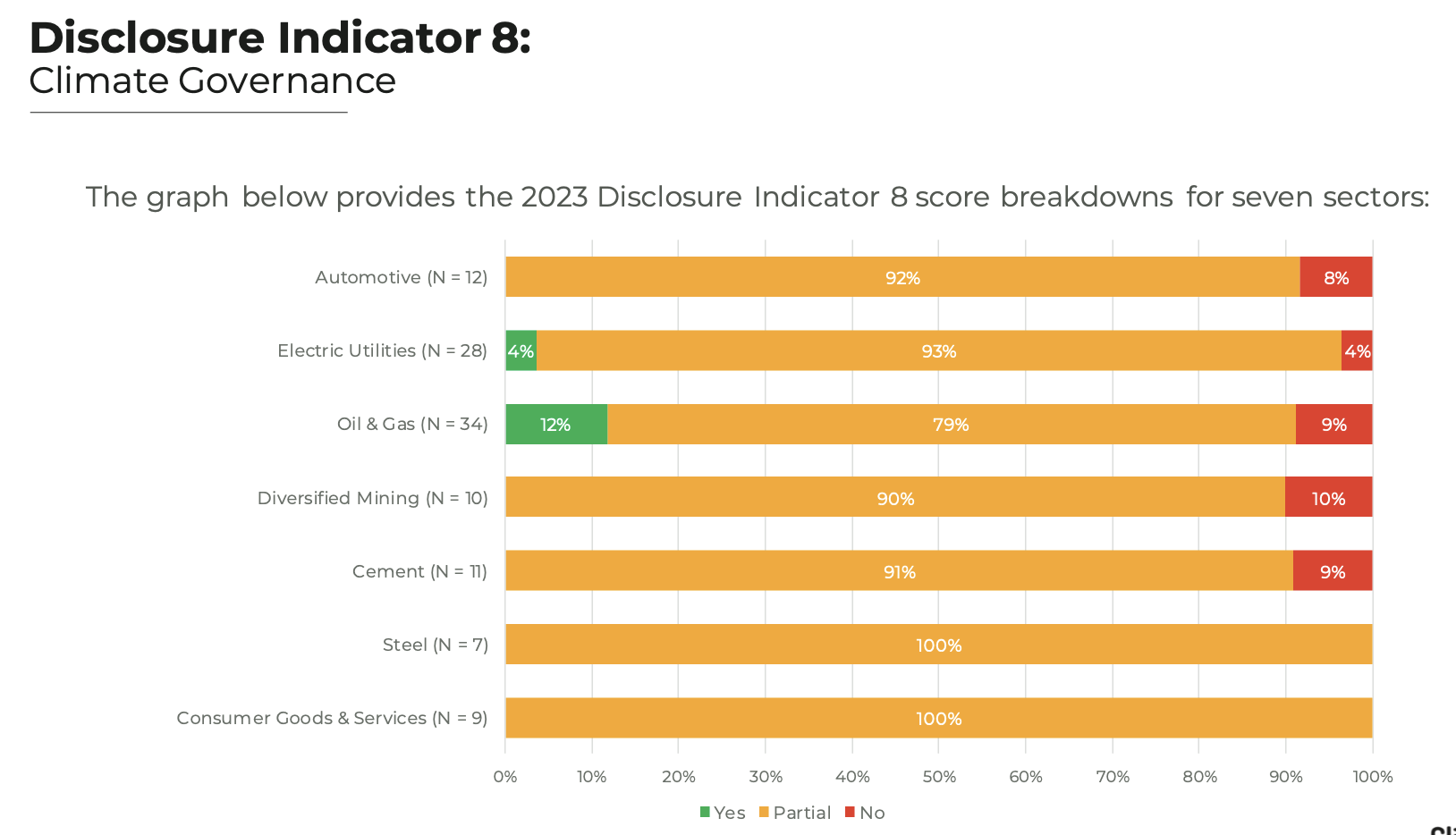Table of Contents
Multinational Enterprises at the Climate Crossroads: The Dual Role in Global Emissions and the Accelerated Drive with AI Towards a Greener Future
Multinational Enterprises (MNEs) find themselves at a crucial juncture in the fight against climate change. With significant sway over global emissions, their actions can either propel or hinder environmental sustainability. Boards of MNEs are called upon to enhance their competency in sustainability and directly link executive compensation to carbon reduction goals.
An in-depth review highlights the dual role of Multinational Enterprises (MNEs) in climate dynamics: they are significant sources of greenhouse gas emissions, with some responsible for up to 60% of the industrial sector’s emissions. Yet, they also hold the key to driving environmental progress through sustainable practices and green technology adoption. Despite this potential, a concerning number of MNEs lack a firm commitment to reducing their carbon footprint, with only a minority setting definitive net-zero goals. However, the trend towards green investments and the push from initiatives like Climate Action 100+ signal a growing opportunity for MNEs to shift their environmental impact positively. This scenario underscores the delicate equilibrium MNEs must maintain in mitigating climate change while highlighting the challenges posed to emission-heavy countries.

The Role of Multinational Enterprises in Climate Change Mitigation, as identified in a recent research by the Worldbank Group;
– Dual Impact on Climate Change: Multinational enterprises (MNEs) have a mixed influence on climate change efforts. They have the potential to significantly reduce emissions by adopting sustainability standards and promoting green technologies. However, some may hinder progress by opposing necessary changes.
– Significant Emission Contributors:A report highlights that 157 large MNEs are responsible for up to 60% of global industrial emissions. Direct activities of these MNEs contribute to 10% of emissions, while their supply chains account for another 50%.
– Lack of Commitment to Decarbonization: The majority of the 157 analyzed MNEs have not fully committed to reducing their carbon footprint. Only 25% aim for net-zero GHG emissions by 2050, with a small fraction having developed any sort of term strategy. This raises questions about the feasibility of their long-term goals.
– Potential for Positive Influence: MNEs have the capability to assist domestic firms in becoming less carbon-intensive by providing access to advanced, low-carbon technology. Interactions with MNEs can encourage firms to set and pursue green objectives.
– Shift Towards Green Investments: There’s a notable trend of MNEs moving their investments to environmentally friendly sectors. Green Foreign Direct Investment (FDI) has surged by 700% from 2003 to 2021, while investments in polluting industries have decreased by 80%.
The effect of Multinational Enterprises on Climate Change including Supply Chain Emissions, Green Technology Transfer and Corporate Comittments are researched by the World Bank Group. A handful of large corporates and their supply chains are responsible for the bulk of the global industrial emissions.
Climate Action 100+ is an investor-led initiative aiming to ensure the world’s largest corporate greenhouse gas emitters take necessary action on climate change, and monitor their progress; .

Their latest progress report highlights that on the indicator 8, Climate Governance is a mere 3% (!) in green. Most companies fail to tie the executive compensation to CHG reduction plans, and most boards don’t have sufficient competencies to assess and manage climate risk and opportunities.

New Solutions based on Artificial Intelligence
There will be new solutions needed to tackle the Climate Change challenge. Artificial Intelligence (AI), including machine learning, can be a powerful tool in reducing greenhouse gas emissions and helping society adapt to a changing climate.
The initiative Climate Change AI has identified high impact problems where existing gaps can be filled by machine learning, in collaboration with other fields. Some examples are buildings and assets;

Buildings consume a significant amount of global energy and contribute to greenhouse gas emissions (around 19% in 2010), but also have the potential to reduce their carbon footprint by 50-90%. Optimal building decarbonization requires electrification of end-uses and integration of renewable energy systems. This integration requires aligning availability of renewable energy with the energy demand, and must be carefully managed during operation to ensure reliability and stability of the grid. AI is a needed component to facilitate solutions for buildings energy demand.

Nine out of ten of the world’s largest companies have at least one asset exposed to climate risk. Over one-third of those companies can expect that asset’s value to drop by 20 percent or more. With digital maps—and their dynamic 3D counterparts, AI based digital twins —informed decision-makers visualize the location and condition of almost any kind of business asset, from a broadband telecom network to a portfolio of retail stores or even a company’s IT infrastructure.
Boards play a crucial role

To ensure multinational enterprises effectively navigate the climate crossroads, balancing their dual role in global emissions and leveraging AI for a greener future, the board of directors plays a crucial role. Their responsibilities can be outlined as follows:
Strategic Oversight and Policy Development:
- Guide the formulation of strategic sustainability policies that align with global climate goals.
- Incorporate AI and other technological innovations into the company’s sustainability and decarbonization strategies.
Commitment to Environmental Goals:
- Set ambitious, science-based targets for reducing greenhouse gas emissions across all operations and supply chains.
- Commit to transparent, measurable goals for achieving net-zero emissions, integrating AI for efficiency and optimization.
Risk Management and Compliance:
- Oversee the identification, assessment, and management of climate-related risks and opportunities.
- Ensure compliance with international environmental regulations and standards.
Understanding AI’s Role and Overseeing an AI Roadmap:
- Develop a comprehensive understanding of AI’s potential to enhance sustainability and reduce emissions within the company’s operations and value chain.
- Oversee the development and implementation of an AI roadmap, ensuring that AI initiatives are effectively integrated into the company’s broader climate and sustainability strategies. This includes setting clear milestones for the deployment of AI technologies in energy management, supply chain optimization, and sustainable product innovation.
- Monitor the ethical use of AI, ensuring that AI technologies are developed and used in a manner that is consistent with environmental sustainability goals and societal values.
Investment in Green Technologies:
- Champion investments in AI and other technologies that drive energy efficiency, reduce emissions, and support sustainable business practices.
- Foster innovation through strategic partnerships and investments in clean tech and renewable energy sectors.
Stakeholder Engagement and Reporting:
- Promote transparency and regular reporting on environmental performance, leveraging AI for accurate data collection and analysis.
- Engage with stakeholders, including investors, customers, and communities, to align corporate climate actions with broader societal expectations.
Executive Compensation and Incentives:
- Align executive compensation and incentives with the achievement of environmental sustainability targets.
- Encourage leadership accountability in driving the organization’s climate action efforts.
By fulfilling these roles, the board can steer multinational enterprises towards a more sustainable and environmentally responsible future, leveraging advanced technologies like AI to enhance their impact on climate change mitigation.
References;
The effect of Multinational Enterprises on Climate Change by World Bank
Climate Action 100 2023 Key Findings
Tackling Climate Change with AI
9 in 10 Large Companies Have Assets Located in Path of Climate Hazards
Using Reinforcement Learning to Improve Energy Management for Grid-Interactive Buildings
Learn More
For Board members, consider joining;
Generative AI and Boards Mar 5
Mats Agervi, CEO Combinet (repr 35 large Nordic Co) share insights on companies and boards integration of Ai and Benete Sollid Storeghaug will share insisghts on bords role in AI and digital transformation.
Boards Oversight of Responsible AI for Value Creation Mar – May
Board Program tailored specifically for board members, focusing on the strategic governance of AI and big data incl Cybersecurity. This virtual and online program offers a unique blend of online modules, webinars with experienced NEDs, live peer exchanges, and personalized reflection plans, practicing and simulating with AI support, all designed to empower board directors in navigating the complexities of the digital age and elevate your boardroom expertise with cutting-edge insights into AI governance.
Find earlier relevant blogposts
Read and look at the recording from our webinar on Boards Guidance of AI for Sustainability
Read and look at the recording from our webinar on Boards Oversight of Risk, Opportunity and Strategic Sustainability and AI Integration
Read more about the impact of AI on industries and sustainability
____________
About Boards Impact Forum and the blogpost
Events arranged by Boards Impact Forum in collaboration with World Economic Forum (Non Profit Board Network, partnering with Board Networks , INSEAD Corporate Governance Centre, Digoshen and Next Agents )








Recent Comments